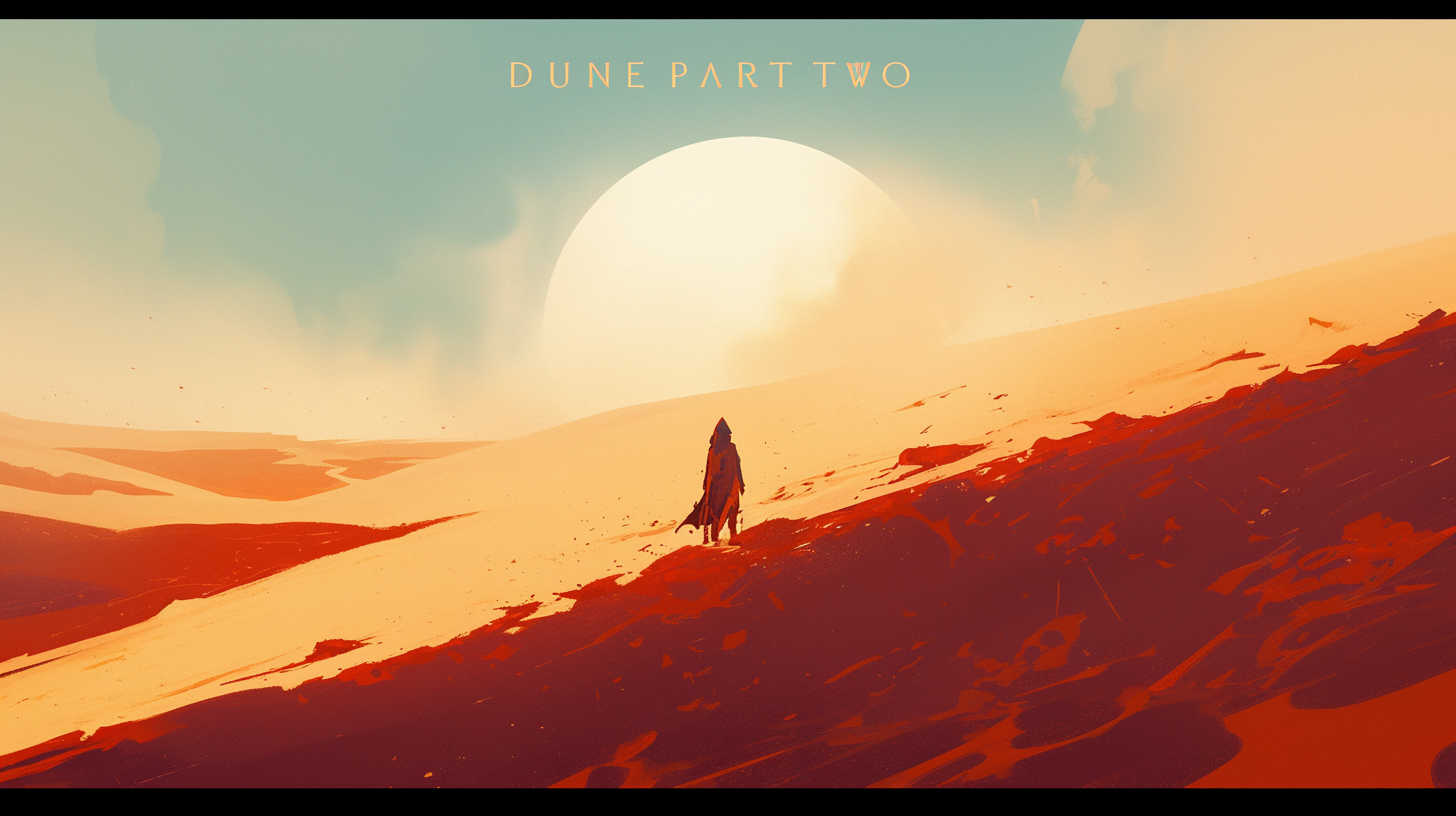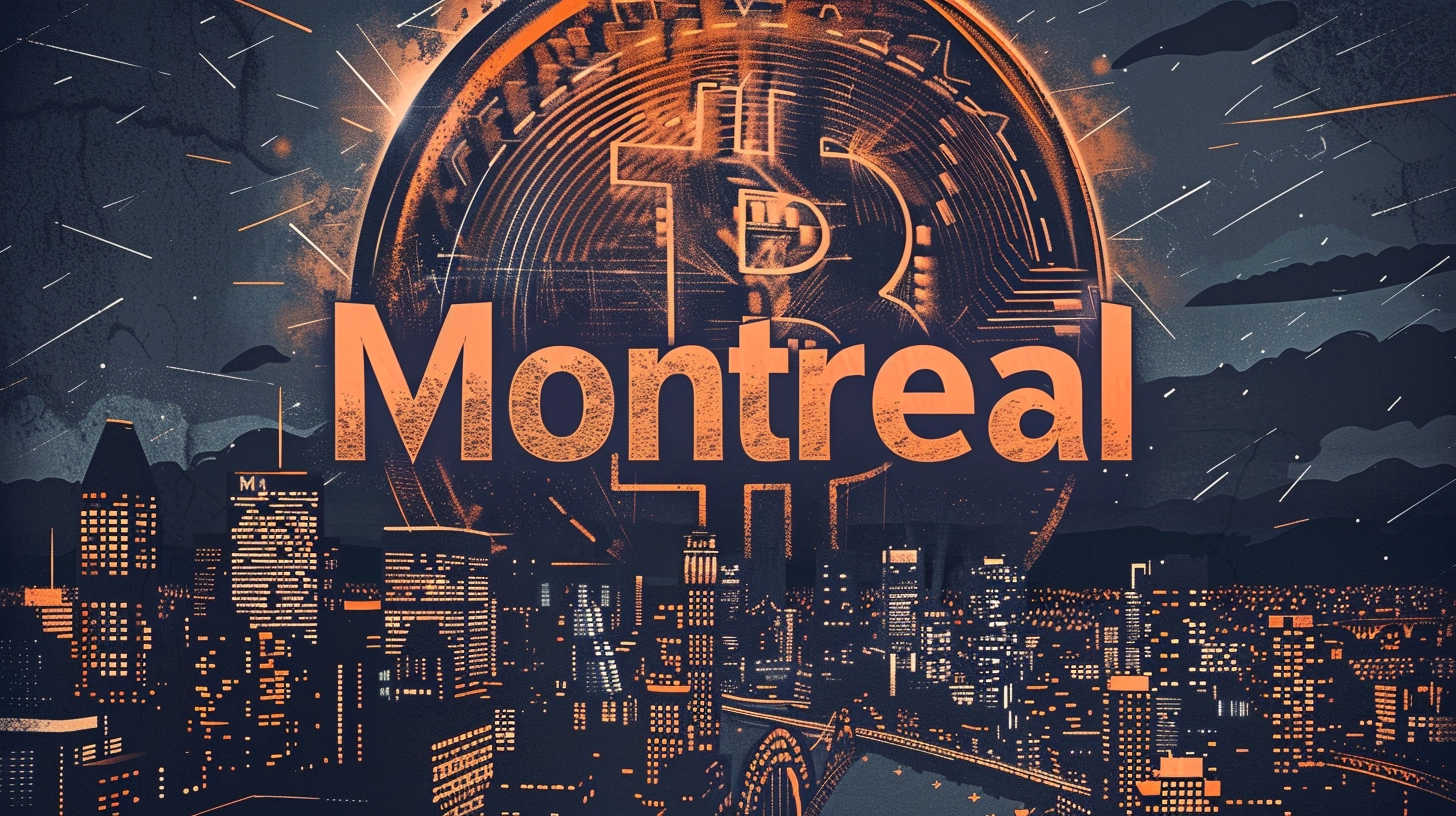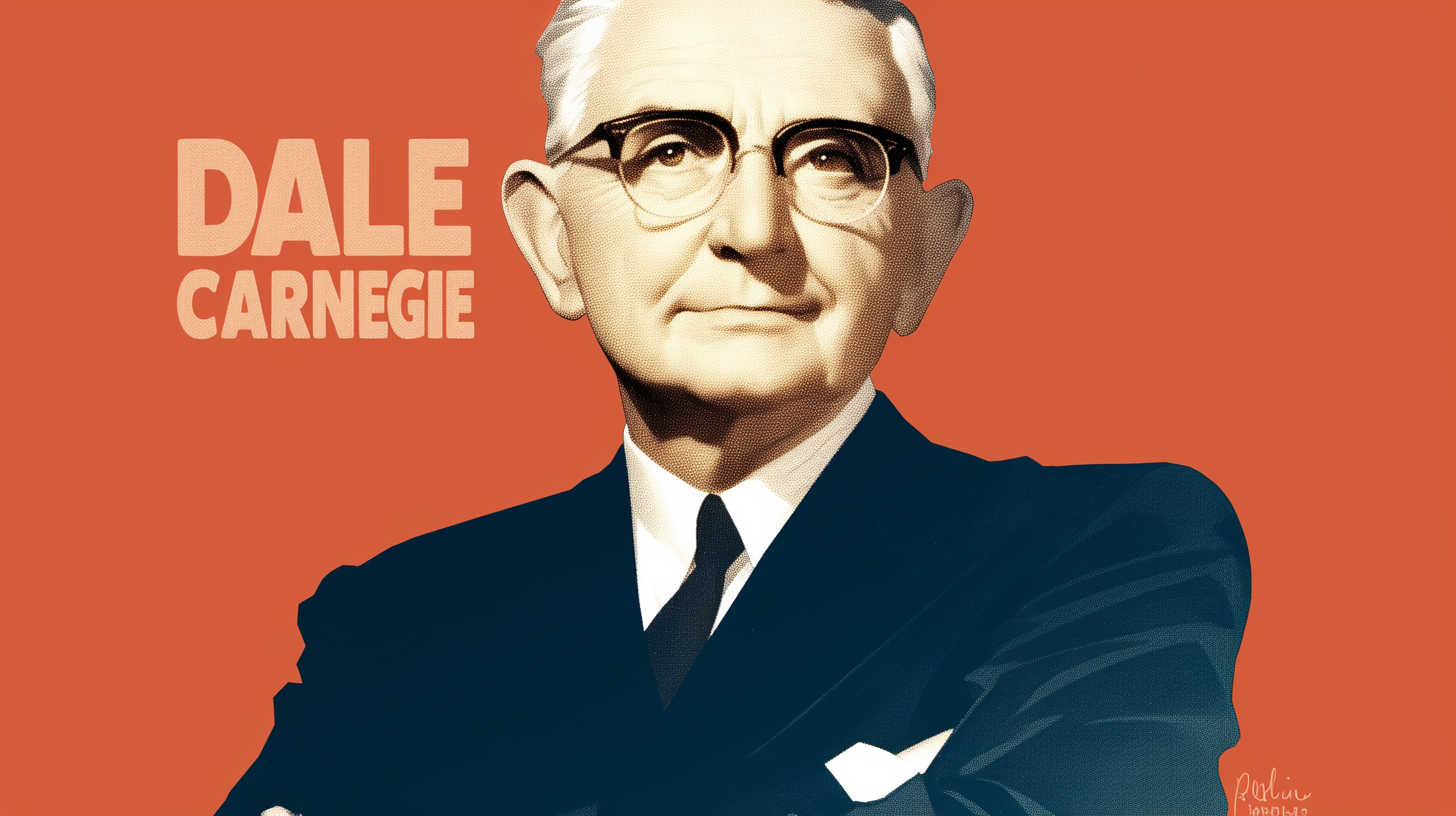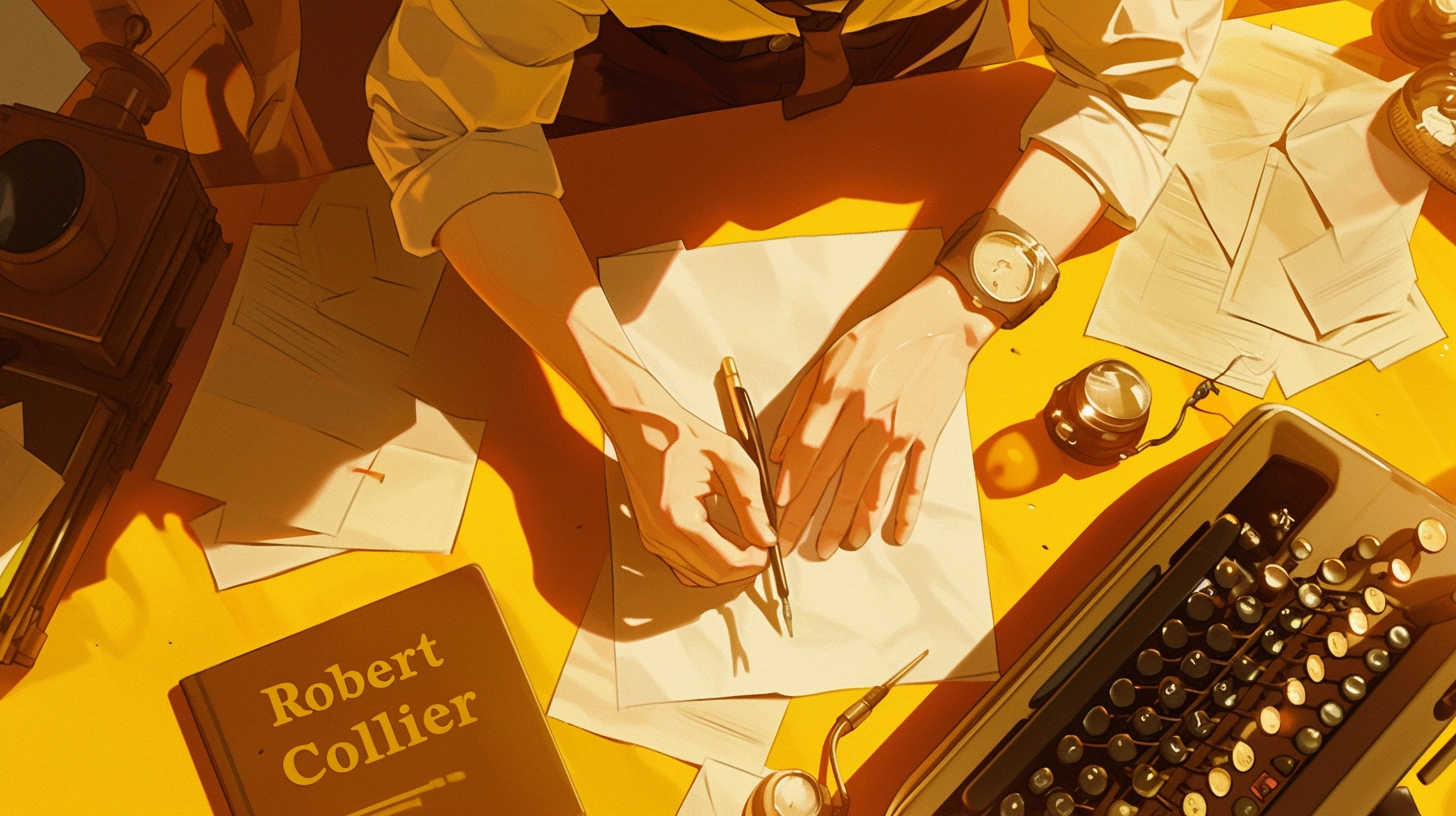· 5 min read
A Cinematic Masterpiece That Subverts The Hero's Journey
Dune Part Two is amongst the greatest sci-fi movies ever made. Take a journey to Arrakis, the deadlist planet in the Universe--anytime you want in 4K Ultra HD.

Dear Friend:
What makes Dune different from other sci-fi movies where the protagonist goes through the hero’s journey?
If you are familiar with the novel, this movie reboot makes some major changes to the narrative that better reflect Frank Herbert’s intentions.
Denis Villeneuve explained why in an interview:
When Frank Herbert wrote the book, and then when the book came out, he was disappointed by how people perceived Paul Atreides. At the time, he felt that people were talking about Paul as a hero, and for him, he was an anti-hero. He was a dark figure. The book was a warning for him about a Messianic figure.
You see, Paul Atreides is by all means an attractive character.
Paul’s journey from his home planet of Caladan to an exile in the harsh desert conditions of Arrakis are typical of a hero’s journey. He is called to adventure through extreme and unusual circumstances. He crosses the threshold, and transforms into the Kwisatz Haderach—a being of immense power.
And on the surface the Harkonnen’s clearly demonstrate their cruelty and ruthless ambition to profit from spice production.
But without the Baron Harkonnen, Paul would not exist.
So how did Denis Villenuve portray Paul not as a hero but an anti-hero?
Through Chani.
In the novel, Chani is very supportive of Paul—his ambitions to become the emperor, to rule over the Universe (and the Fremen). But the movie depicts her as more combative and reluctant to accept Paul as her leader.
In this scene, the Fremen are arguing over the prophecy which she does not believe in. In her reasoning, the Bene Gesserit order created a myth in order to enslave them.
Take a look:
By making Chani a skeptic of the Chosen One, there is ambiguity. There is uncertainty—an uncomfortable feeling that stays with you long after the movie has finished.
This is a mark of a master storyteller and why Dune Part Two is a cinematic masterpiece.
What Makes Dune Relevant To Our Time
In our highly industrial society, life has sped up immensely. Faster cars, trains, and planes. Faster internet, streaming, and downloads. The conveneince of online shopping means we don’t have to leave our homes to get a product delivered to our doorstep.
But this convenience through technology comes at a price. Whether it’s a diesel engine or an EV (lithium mining for batteries)—so much of our activities require the use of energy.
Oil is a finite resource and as a modern society we are completely dependent on it. It is an addiction.
In the same way, the spice Melange makes space travel possible—making it the most valuable substance in the universe.
And which also enabled Paul to unleash his super-human powers.
But it can only be found on Arrakis.
Frank Herbert made a conscious decision to focus more on the way humans evolve and their complicated relationships instead of technology. Because of this, Dune has a timeless quality.
But to really understand a multi-layered story like Dune, you would need to watch it several times to pick up all the details.
Why Ownership Matters
There is something special about physical editions of a cherished movie. There is a deeper emotional connection, a sentimental value.
More importantly, with a physical copy, you OWN it. No streaming service company can take it from you. And you don’t need to be connected to the internet at all times just to watch it.
What most people don’t realize about streaming services is the amount of compression that goes into making large movies accessible over the Internet.
While 4k Ultra HD can have a bitrate of up to 128Mbps, the streaming services barely have 20–25Mbps. Which means it has over 4 Times less space per second/per frame/per pixel.
If you were to compare the streaming version with the 4K Ultra HD version side-by-side, the difference is quite noticeable.
The cinematic beauty and scope of the film can only be truly appreciated with 4K high-resolution. It was shot with IMAX-certified cameras—the highest quality currently available on the market.
Experience again the breathtaking sensory visuals of Arrakis—the sand dunes that stretch as far as the eye can see (shot in Wadi Rum, Jordan).
Or the eery black-and-white world of Geidi Prime—shot with Alexa 65, Alexa Mini LF, and lenses including exclusive ARRI Rental optics chosen by cinematographer Greig Fraser.
And finally, listen to the sublime score by Hans Zimmer—in lossless high-fidelity sound quality.
Use the paid links below to grab your copy of Dune Part Two at the price of $29.96 (USD) for the 4K Ultra HD version.
But if for any reason you don’t want it anymore or the package is damaged, simply return it within 30 days and you get your full money back (or a replacement).
You will not be disappointed when you re-watch it in the comfort of your home, anytime you wish. Invite your friends over for a barbeque and drinks and travel through time to a distant future where humanity has evolved far beyond its origins—fighting for control over the most dangerous planet in the Universe.
Will you add it to your collection today?
Yours truly, 
P.S. While the 4K version is the highest quality available, there are other options to own Dune Part Two. You can choose from a DVD or Blu-ray for physical discs. Or if you prefer not to own a physical copy, you can rent or buy it on Amazon Prime. Keep in mind that if you rent it, you have 30 days to watch it, and 48 hours to finish once you start it.





